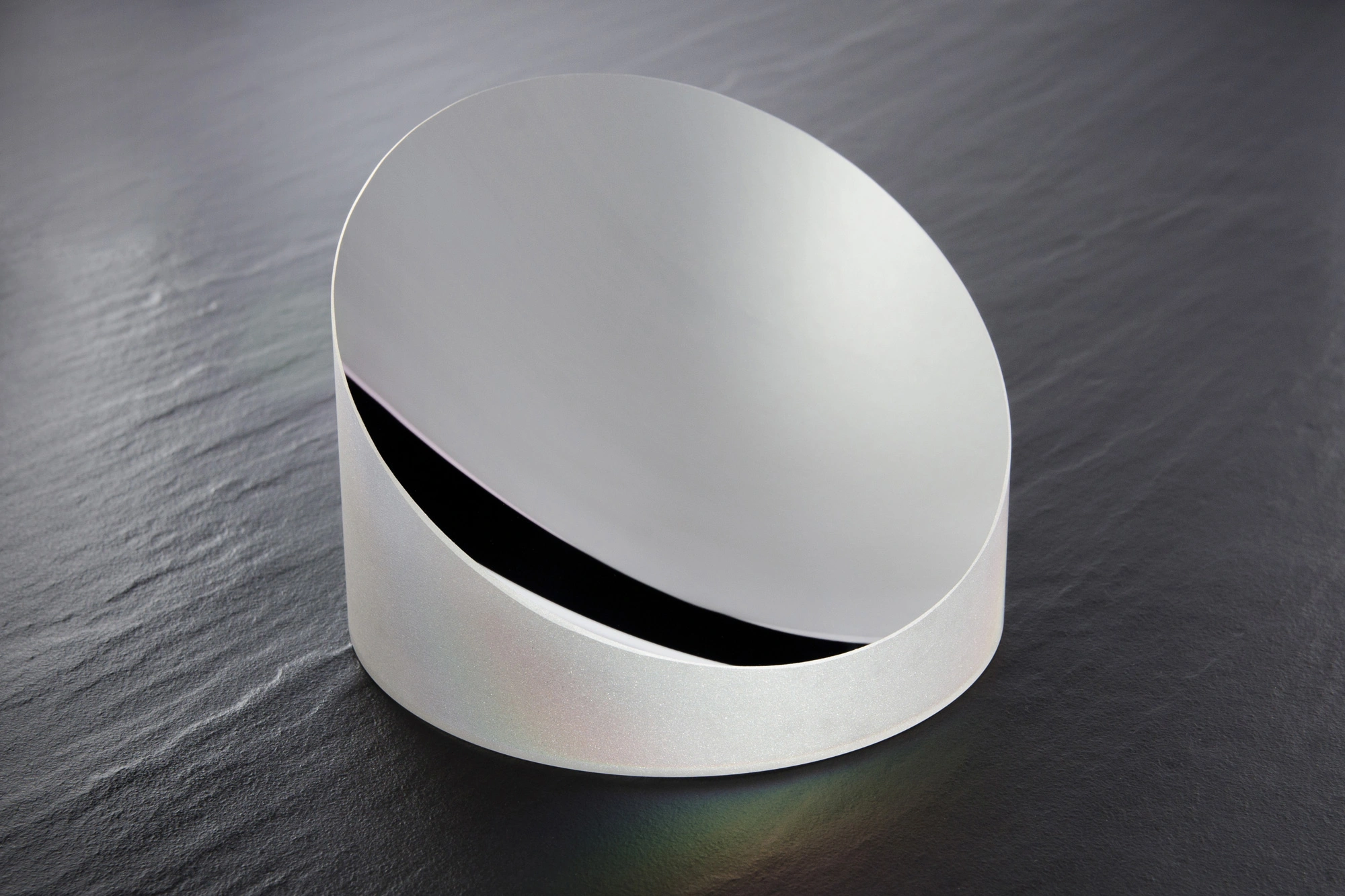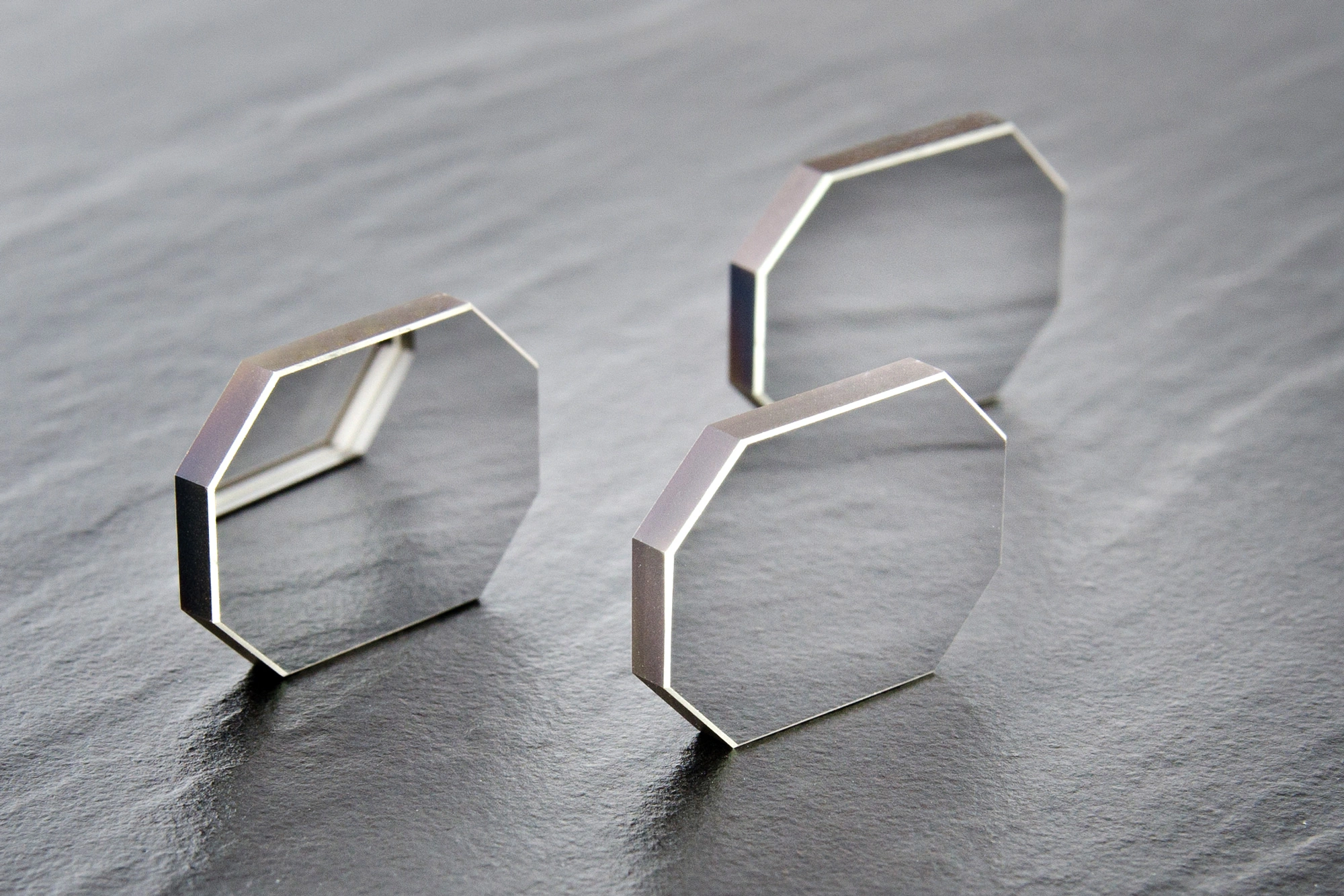Metal-Dielectric Coatings
Metal-Dielectric Coatings
In general, all layer systems consisting of metals and dielectric materials can be called “metal-dielectric coatings”. The most common ones are metal-dielectric filters consisting of transparent metal layers which are separated by a dielectric layer. These filters are characterized by extremely broad blocking ranges which result from reflectance and absorption of the metallic layers. The spectral position of the transmittance band is determined by the optical thickness of the dielectric spacer layer.
Moreover, metal-dielectric reflectors can be used for a variety of applications in optics and laser physics. Metals and metallic coatings show an extremely broadband natural reflectance which is restricted to about 90 % in the UV spectral range (aluminum), 96 % in the VIS (silver) and 99 % in the NIR (gold and silver). Most of the metals must be protected by dielectric coatings to overcome limitations of chemical (silver) or mechanical stability (aluminum, silver, gold). Almost all metallic mirrors are metal-dielectric coatings. The protective coatings always influence the reflectance of the metals. Single dielectric layers of any thickness lower the reflectance in most parts of the spectrum. Multilayer coatings on metals can increase the reflectance of the metallic coating. The bandwidth of enhanced reflectance can also be optimized for extremely broad spectral ranges as can be seen in Fig. 3. For more examples please see page Silver Mirrors for Ultrafast Lasers (550 – 1100 nm), Broadband and Scanning Mirrors (300 – 2500 nm) and Front Surface Silver Mirrors (400 – 4000 nm).
Literature
[1] P. W. Baumeister: "Optical coating technology", SPIE press monograph, PM 137, Washington 2004
[2] H. A. Macleod: "Thin film optical filters", A. Hilger, Bristol, 1986
[3] A. J. Thelen: "Design of optical interference coatings", Mc Graw Hill, New York 1989
[4] N. Kaiser, H. K.Pulker (eds.): "Optical interference coatings", Springer Verlag Berlin Heidelberg, 2003
Address
LAYERTEC GmbH
Ernst-Abbe-Weg 1
99441 Mellingen
Germany
International Sales
US Sales Office
Social Media
© 2024 | LAYERTEC GmbH


